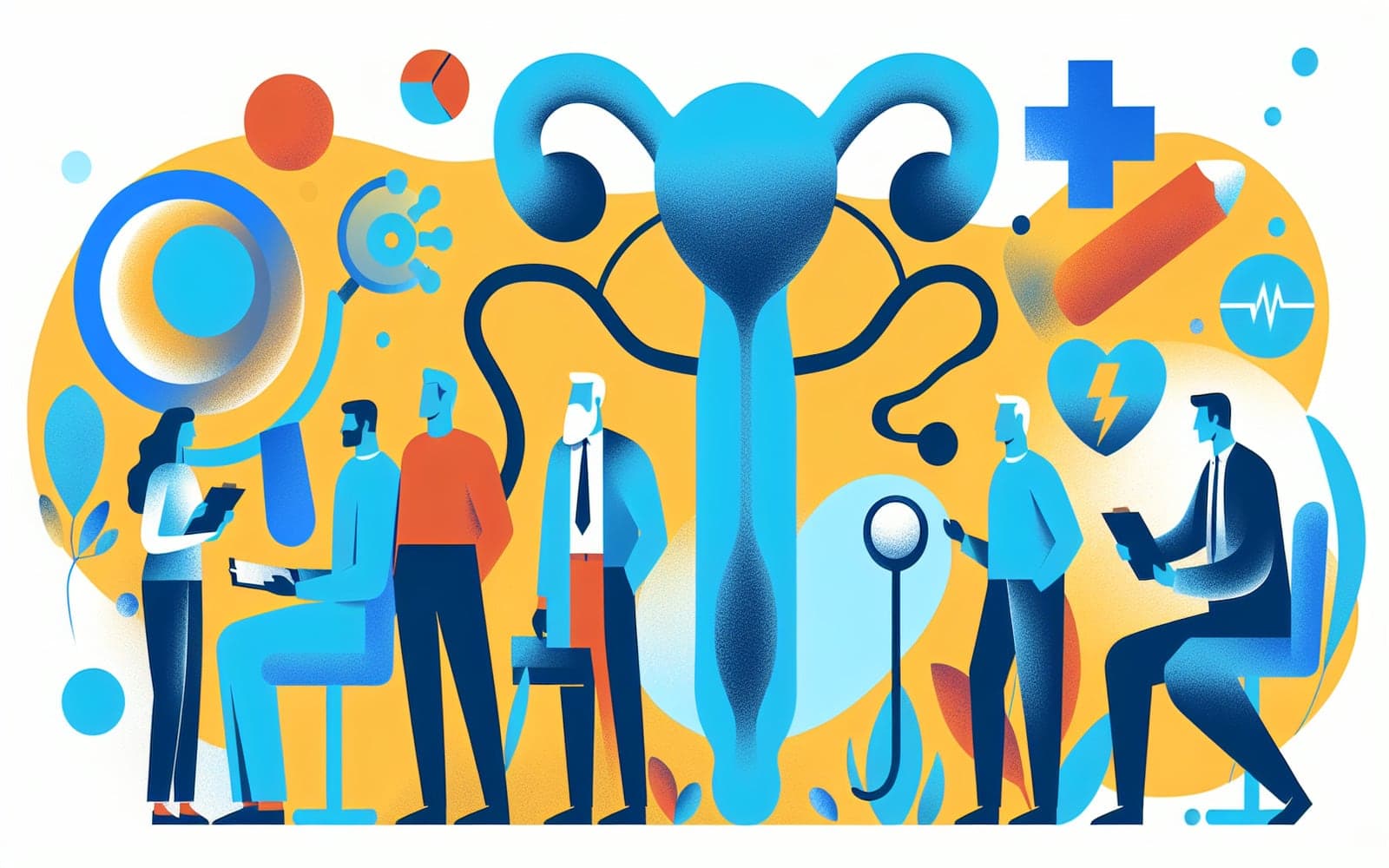BPH Warning Signs: Recognizing the Symptoms of Prostate Enlargement
Published: Sep 14, 2024

Medically reviewed by Oghenefejiro Okifo | MD, Harvard Medical School | Henry Ford Hospital - Detroit, MI on September 14th, 2024.
Identifying symptoms of Benign Prostatic Hyperplasia (BPH) early can lead to better management and improved quality of life.
Contents
Common Symptoms of BPH
The most common symptoms of BPH include frequent urination, especially during the night, difficulty starting urination, and weak urine flow. These symptoms, collectively known as lower urinary tract symptoms (LUTS), can disrupt daily activities and sleep patterns. Recognizing these symptoms early can help in seeking timely medical advice.
Understanding LUTS
LUTS refers to a group of symptoms related to urination issues, which BPH often causes. It includes problems with storing urine, like urgency and frequency, as well as voiding issues, such as straining and intermittency. Understanding LUTS can help differentiate between BPH and other urinary conditions.

When Symptoms Become Severe
In severe cases, BPH can lead to complete urinary blockage, causing significant pain and the need for urgent medical intervention. This situation can lead to bladder or kidney damage if not addressed. Monitoring symptoms and their progression is crucial in preventing severe complications.
Frequently Asked Questions
LUTS are symptoms related to urinary issues often caused by BPH.
Complete urinary blockage and significant pain indicate severe symptoms.
They can disrupt daily activities and sleep due to frequent urination.
Key Takeaways
Recognizing and understanding BPH symptoms can lead to more effective management and improved quality of life.
Try discussing your symptoms with Doctronic to explore possible solutions.Related Articles
References
Kaplan SA, Reis RB, Staimen VB, Te AE. Is the ratio of transition zone to total prostate volume higher in African-American men than in their Caucasian or Hispanic counterparts? Br J Urol 1998; 82:804.
This article has been reviewed for accuracy by one of the licensed medical doctors working for Doctronic. Always discuss health information with your healthcare provider.

